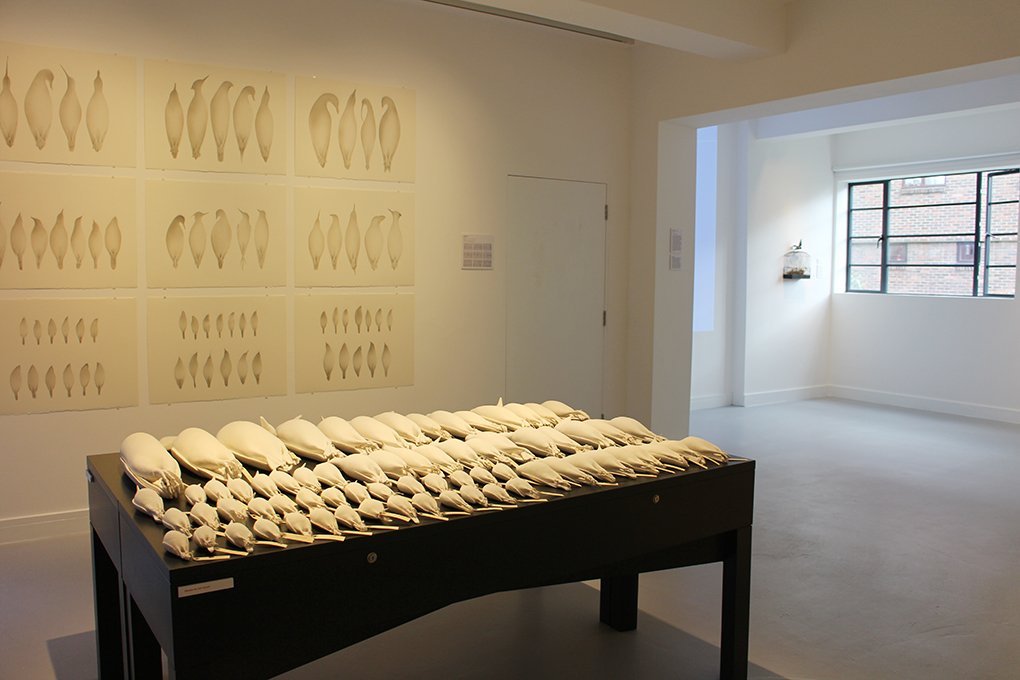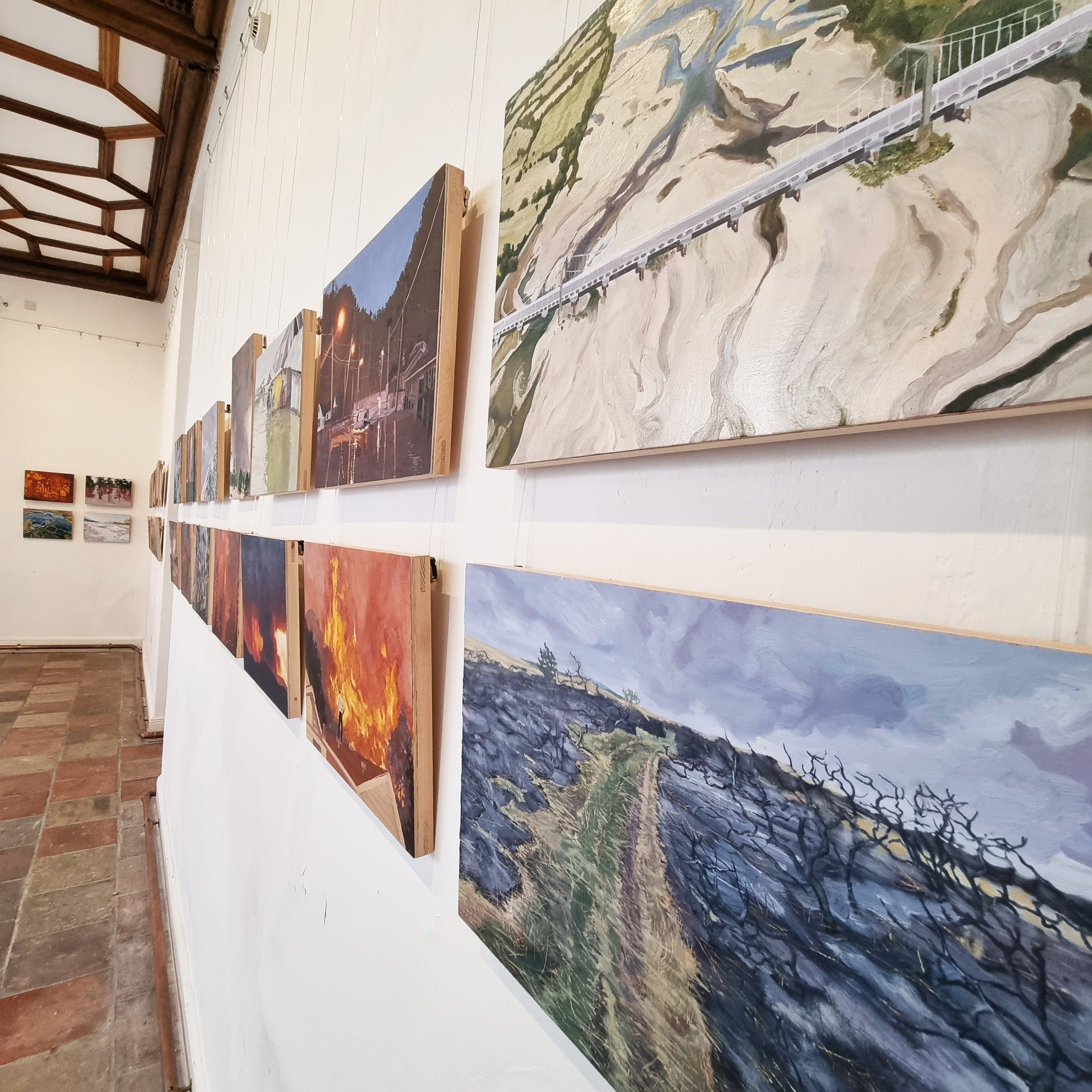visual poetry of representation
Much of this site is about making connections: connections between art, research and teaching; between this idea and that idea; between things I know and things that I want to know. Connections. Links. Associations. Attachments. Relationships. Relatedness.
Research is about connections too. ‘Fundamentally, valid and useful social research is about making connections: between people and between ideas.’ (Clark et al, 2013). Artists sometimes explore the surprise of unexpected connections, yet equally they cannot hope to really know the particular connections that a viewer might make with a piece of their art. Indeed, they may be very different from the connection(s) that the artist had initially set out to explore.
Climate change and creativity
After spending a day at Strumpshaw RSPB nature reserve last week, working alongside colleagues to explore climate change, education, creativity, curriculum links, and the possibilities for narrative, drama and site specific promenade theatre to say something of value, I have had a week of mind-meandering and making connections in, around and between these areas of art and climate change.
Bird after bird
The warden talking to us at Sprumpshaw talked about the plights of various species whose numbers are falling, as well as those who have grown in numbers over recent years. He shared the ways in which they make use of the bird red list to prioritise the species they focus on at the reserve.
I recall seeing an exhibition at Groundwork Gallery in King’s Lynn, in 2017, Bird after Bird, in which artist Jane Ivimey explored the red list. The gallery website explains:
Bird after Bird featured six artists entranced by the fragility of birds, exploring them in life and death. The exhibition aimed to raise our awareness of birds and of all the dangers they face. But also to recognise the extent to which the artists continue to bring, extraordinary new visions of them. …
… Each of the artists spent countless hours researching, watching, waiting for the right moments for birds to appear. Albeit in very different ways, they were constantly thinking about their relationships with their subjects. Using research skills and close observation, they got closer to their different species. But in no case has there been a conventional desire to seek any literal means to portray them. Rather they have all sought a kind of visual poetry of representation.
This ‘visual poetry of representation’ that Ivimey makes use of to draw our attention to the birds’ ‘beauty and vulnerability as we begin to comprehend the unravelling tragedy’ is a dramatic installation of white bisque-fired birds laid out as if on a mortuary slab. Together with a bank of silver-point drawings, also representing the Red List, the assembly was intriguing, moving, and disturbing.
Image credit: Groundwork Gallery
You and I are earth
In another, more recent exhibition at Anteros Arts, Norwich, 2023, I encountered the work of Claire Cansick, a painter depicting real events, reported in the news, linked to climate change and environmental issues. There are wildfires, hurricane and floods painted from images collected from a year of tv news reports, global publications, mainstream media and social media accounts.
Each painting has the location, date and source as its title and the paintings are hung in chronological order.
From Cansick’s website:
There is of course melancholia in all the paintings, yet they are also incredibly beautiful, sensitive and have a distinct visual language. The colours are muted and soft, fires painted in curling ripples, swirling smoke fills the sky, stunning reflections cover deluges of flood water. For a moment they seduce, then send you a message, then lure you back in again. Nature in all these destructive states is indeed still beautiful and is demanding our respect.’
Image credit: Claire Cansick
Claire Cansick website:
https://clairecansick.com/you-and-i-are-earth-paintings/
Groundwork Gallery website, past exhibitions: https://www.groundworkgallery.com/exhibition/bird-after-bird/#:~:text=At%20the%20heart%20of%20the,depressing%20speed%2C%20day%20by%20day.
Clark, J., Laing, K., Tiplady, L. and Woolner, P. (2013) Making Connections: Theory and Practice of Using Visual Methods to Aid Participation in Research. Research Centre for Learning and Teaching, Newcastle University.

